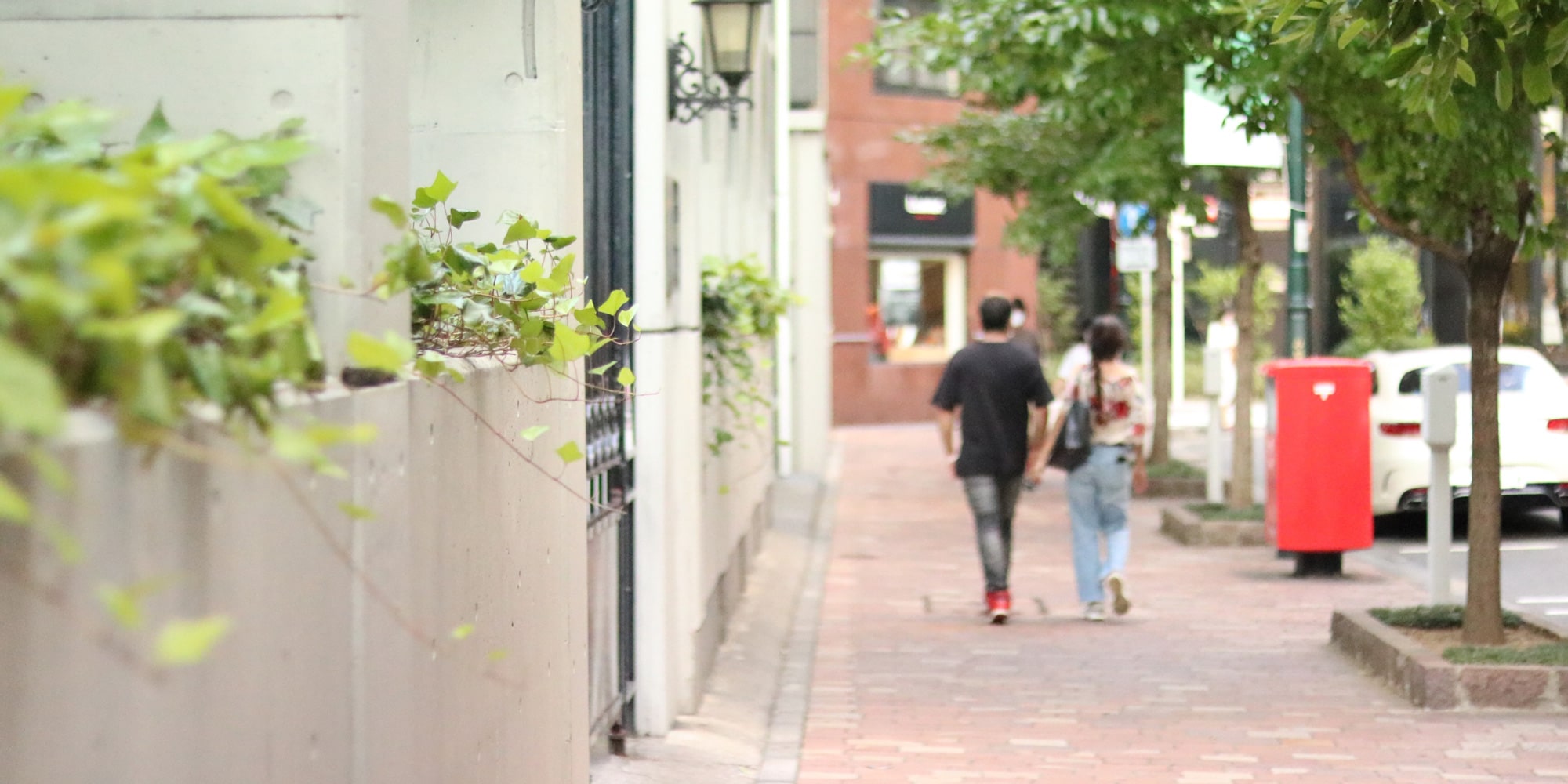New Urbanism Emphasizes Communities Designed For
Social Interaction and Accessibility
Urban living is quickly becoming the new hip and modern way for people to live, and New Urbanism is the driving force behind the movement. New Urbanism is a planning and development approach to community design based on the principles of walkability, proximity, and accessibility. It focuses on creating sustainable, human-scaled places where people of all ages can live healthy and happy lives.
New Urbanist communities center around pedestrian-friendly street design where most things are within a 5 to 10-minute walk of home and work. They incorporate housing, places of work, shopping, entertainment, schools, parks, and other facilities essential to the residents’ daily lives, all within easy walking distance of each other. In New Urban communities, the streets are designed for people, rather than just cars, and accommodate multiple activities, such as walking, bicycling, rollerblading, transit use, and driving.
Emphasis On Decorative Outdoor Furnishings and Social Spaces
New Urbanism emphasizes plazas, squares, sidewalks, cafes, and porches where people can come together as a community, engaging in an active social life. Within a New Urban community, you will find a diversity of people. These developments aim to incorporate all ages, income levels, cultures, and races into a range of property types, sizes, and prices.
New Urbanism is the revival of the way communities have been built for centuries around the world. The design style arose in the United States in the early 1980s and is strongly influenced by urban design practices that were prominent until the automobile’s rise. Its principles were developed to offer alternatives to sprawling, single-use, low-density patterns typical of post-WWII development.
There are currently over 4,000 New Urbanist projects planned or under construction in the United States. While half of these projects are in historic urban centers, these design and development principles are also applied to new development and urban infill and revitalization. New Urban communities are being developed in a full range of places as well. You can find them in rural main streets, booming suburban areas, urban neighborhoods, dense city centers, and even entire regions.
Architecturally, New Urban principles are compatible with the field of complementary architecture and are often accompanied by new classical, postmodern, or vernacular styles, although not exclusively. These walkable, vibrant, beautiful places that New Urbanists build benefit businesses, local governments, and residents. By designing more buildings, residences, shops, and services closer together, they enable more efficient use of services and resources, creating a more convenient, enjoyable place to live.
New Urbanism design and planning takes into account the smallest of details to create a pedestrian-friendly environment. In addition to land use, designers also incorporate lighting, street and road signage, mailboxes, outdoor seating, bike racks, and even trash receptacles. Whether it’s an urban revival with traditional elements or a new community with a modern twist, cohesive street lighting and accessories are essential to complete the aesthetic design goal and provide usability and safety for residents.
The cohesive design of outdoor elements such as street signs, post top lights, and trash receptacle take functional items and utilize them to add character and curb appeal as part of an overall design theme. Incorporating coordinating items such as bike racks and outdoor seating encourages residents to engage in their New Urban community’s walkability and pedestrian aspects.
Learn more about how Brandon Industries streetscape products are designed to create the desired aesthetic for your community.








